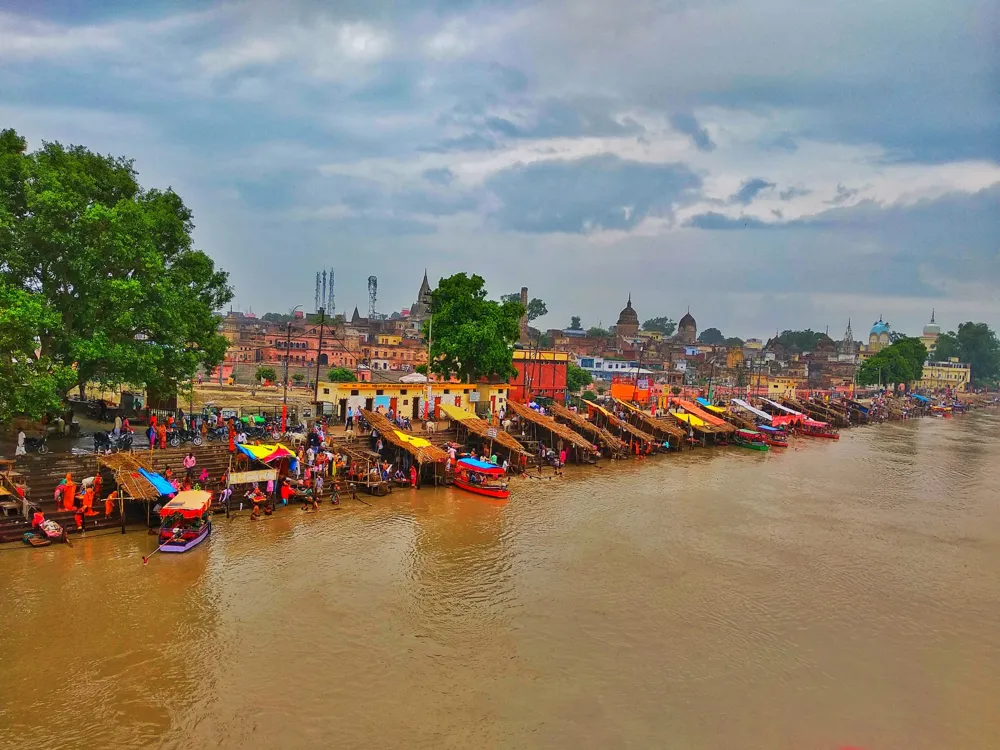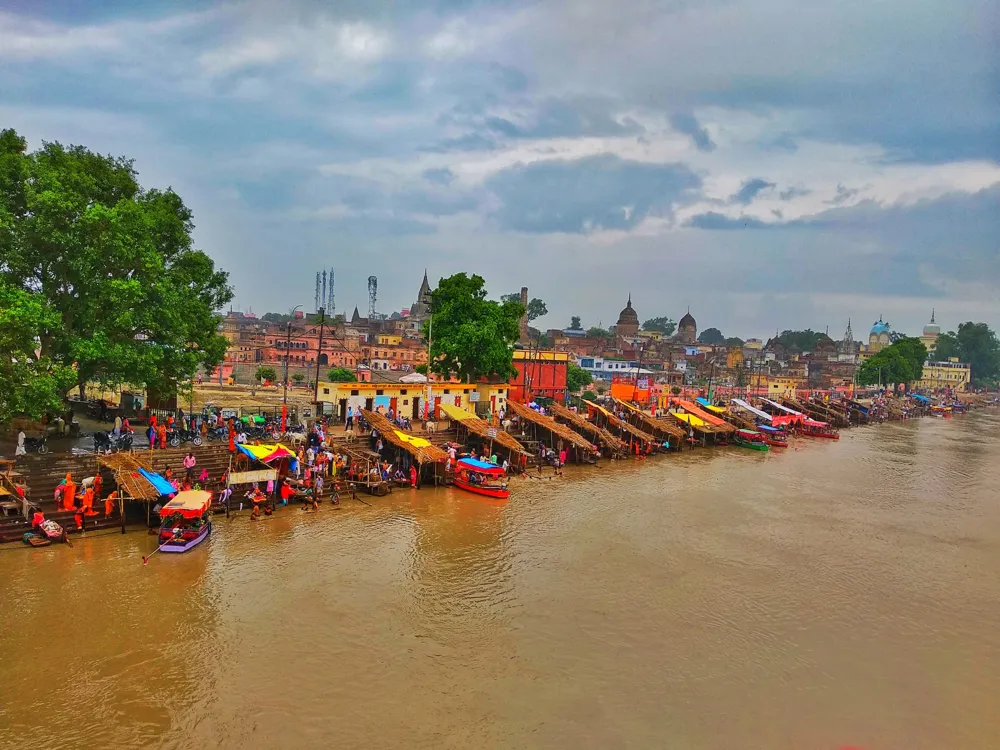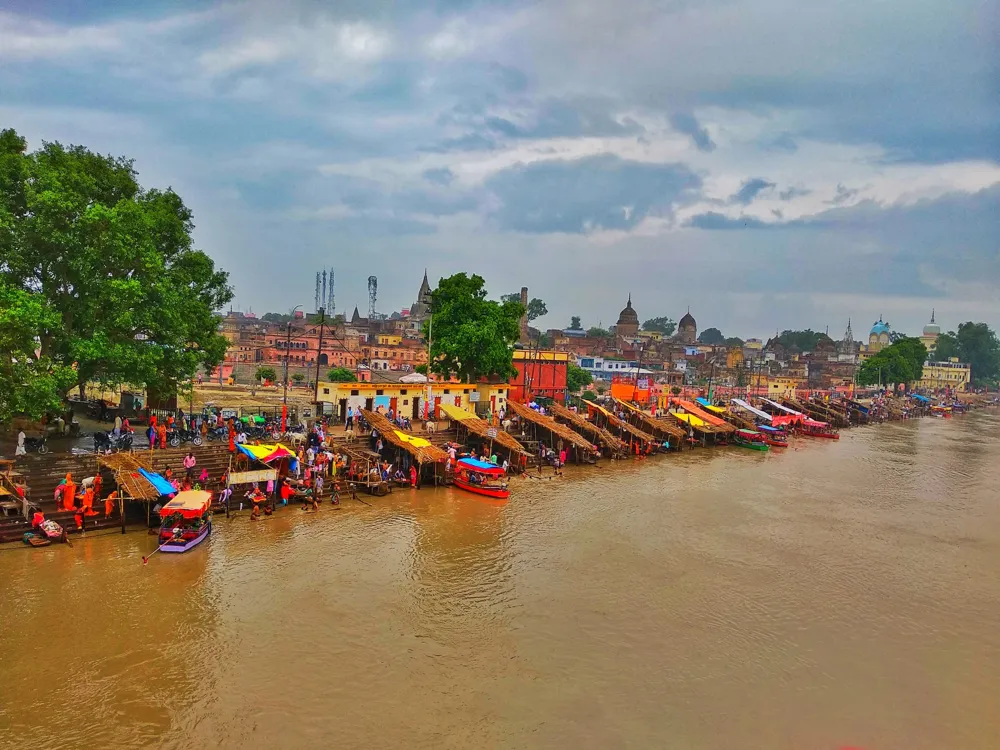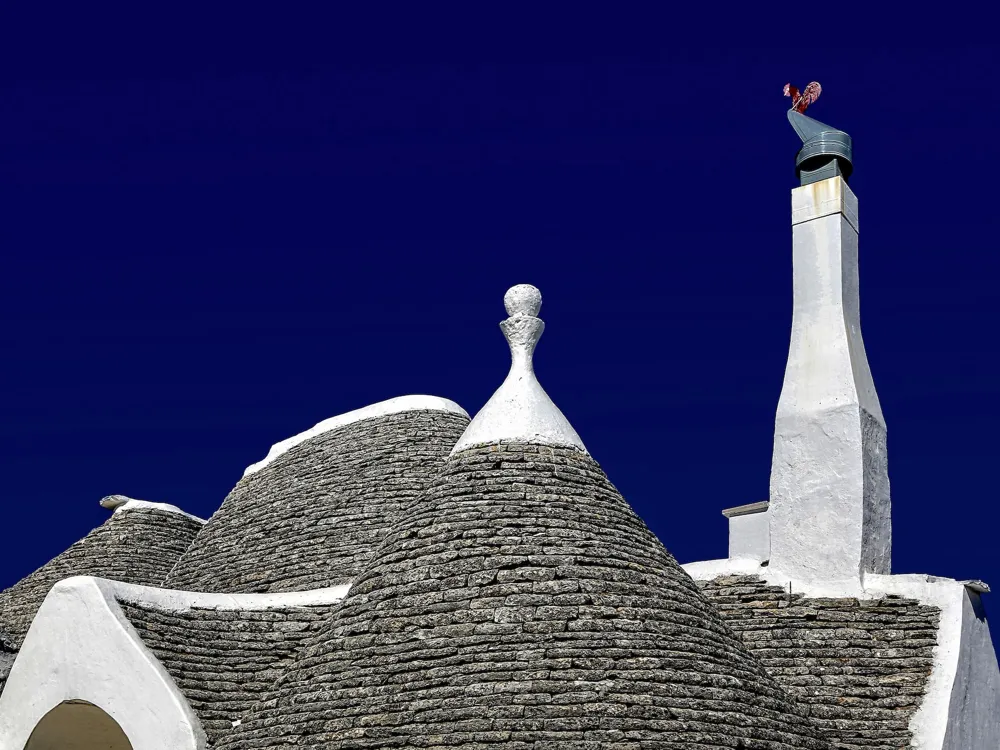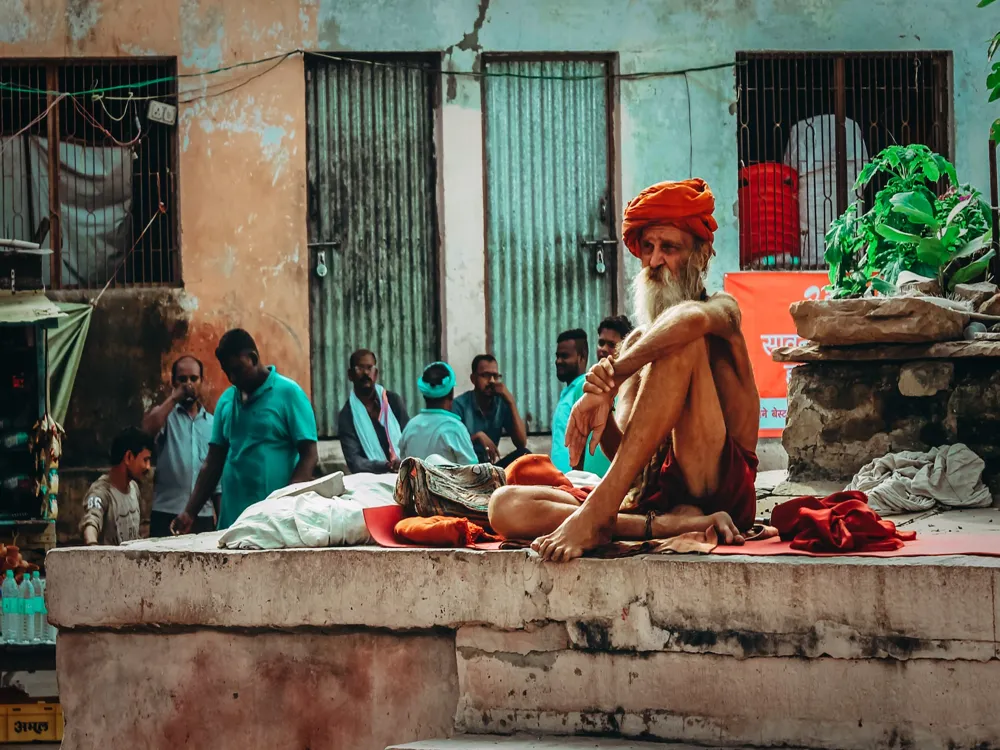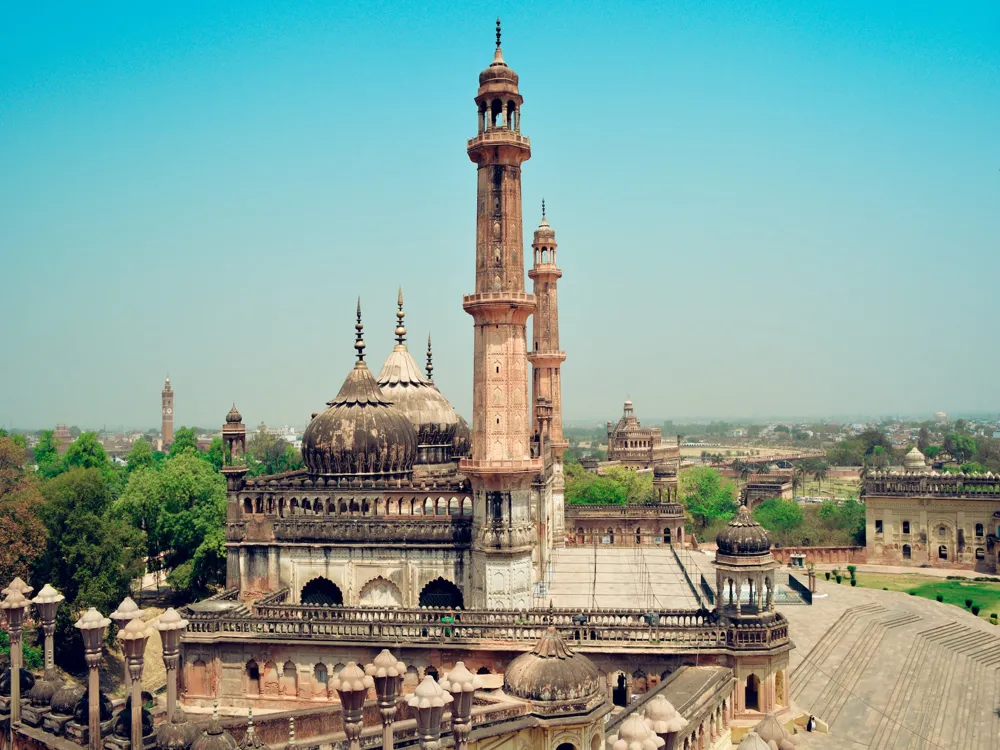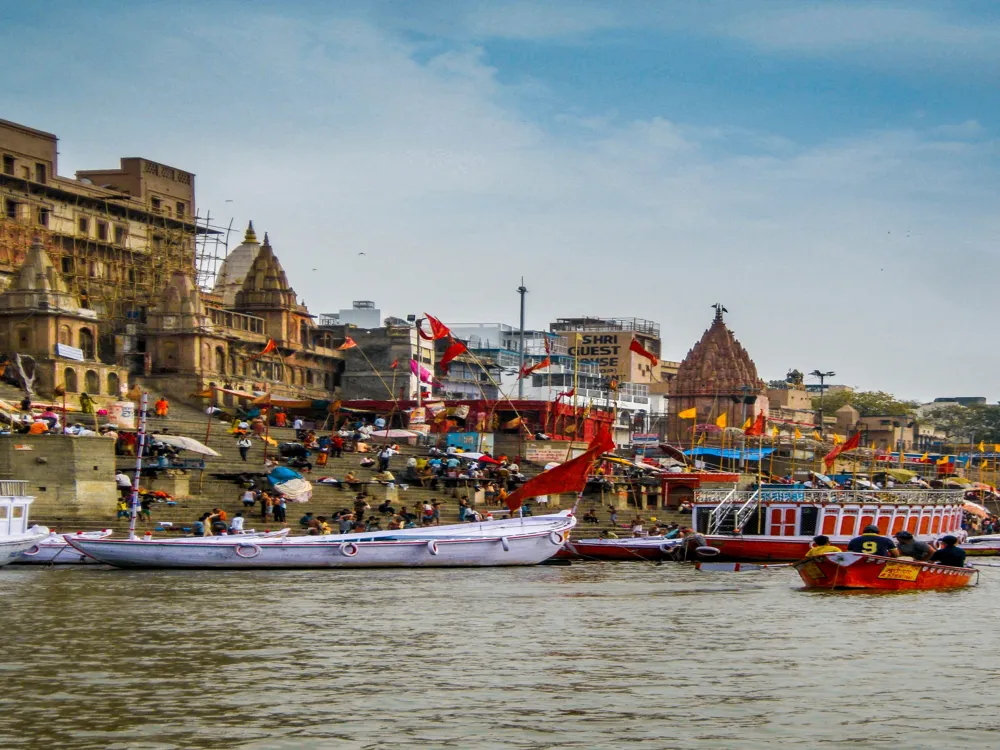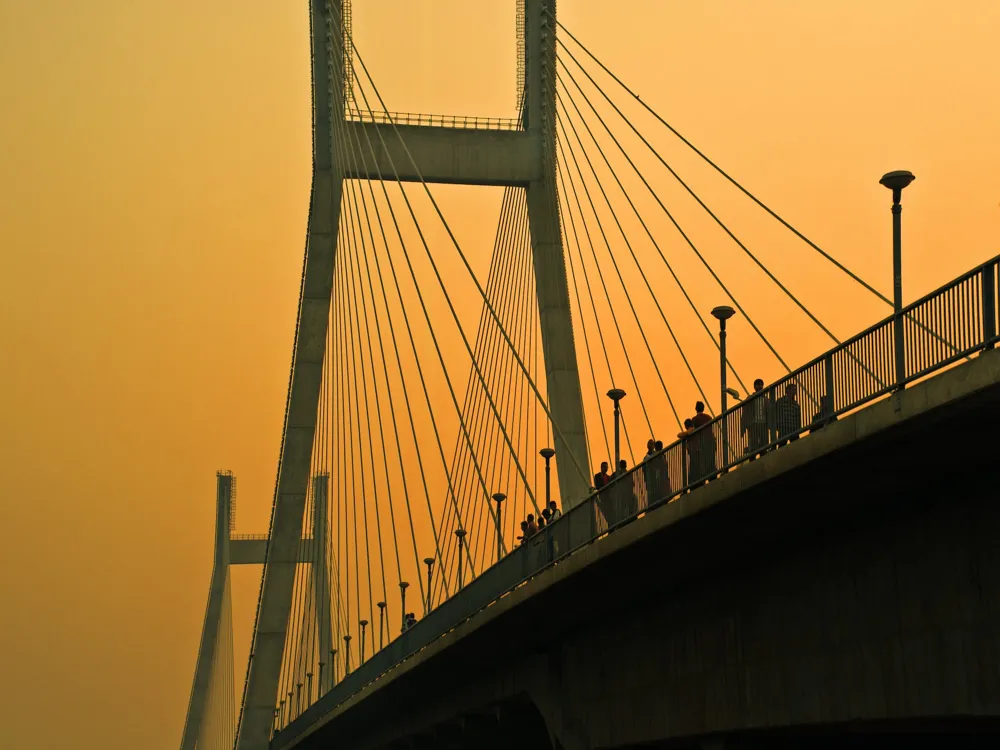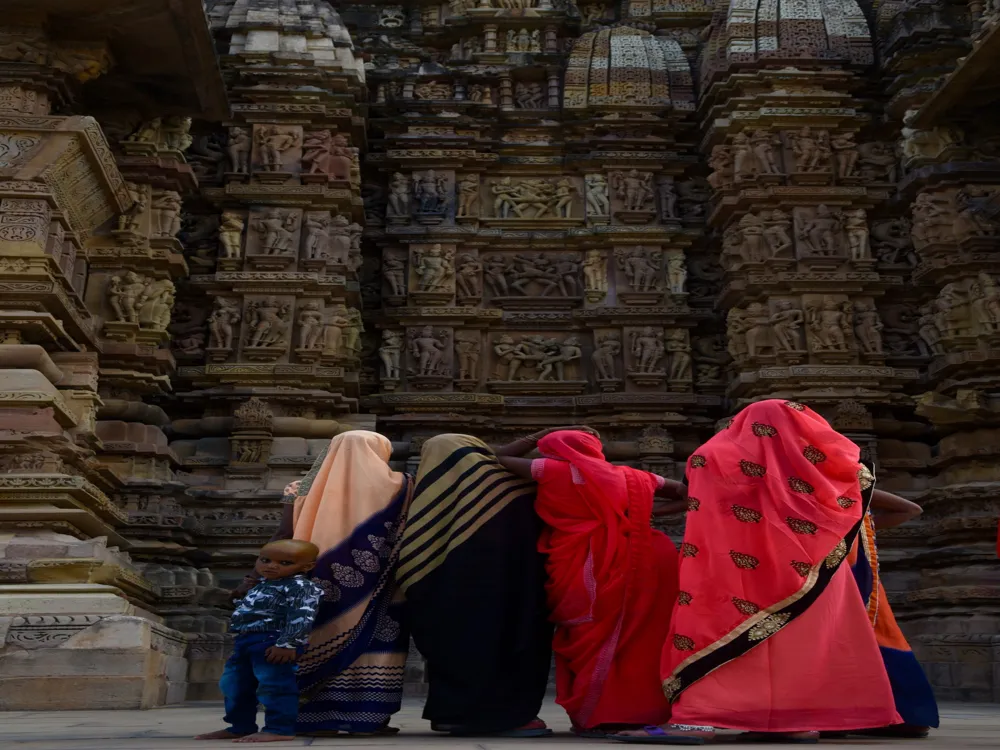Nestled in the heart of Ayodhya, Uttar Pradesh, Moti Mahal stands as a testament to the majesty and splendor of Indian armature. This literal monument, whose name translates to' Pearl Palace', is a personification of both artistic and architectural uproariousness. Dating back to the period of Nawabs, it offers a glimpse into the opulent cultures and cultural patronage of Indian kingliness. The palace's position in Ayodhya, a megacity steeped in mythological and literal significance, adds to its appeal, attracting history suckers and trippers from across the globe. The armature of Moti Mahal in Ayodhya is a magnificent illustration of Indo-Islamic architectural brilliance, blending Mughal and Rajput styles seamlessly. The palace's design reflects the aesthetic sensibilities and architectural chops of its period. Its facade, adorned with intricate busts and delicate jaali work, creates an assessing yet elegant appearance. The ideal time to visit Moti Mahal is between October and March, when the rainfall in Ayodhya is affable, making it comfortable for excursionists to explore the palace and its surroundings. Opting for a guided tour can greatly enhance your visit, as knowledgeable attendants give fascinating insights into the palace's history, armature, and artistic significance. Callers are advised to dress modestly and admire the artistic morals of Ayodhya, especially since it's a megacity with deep religious significance. While photography is allowed, it's important to check for any specific restrictions in certain areas of the palace. Always be considerate of your surroundings while landing photos. Do not miss the opportunity to try local Awadhi cuisine, known for its rich flavors and diverse dishes, available at nearby eateries and restaurants. Moti Mahal, located in Ayodhya, is well connected by colorful modes of transportation. The nearest airport is in Lucknow,, from where one can take a hacker or machine to Ayodhya. Ayodhya also has its own road station, making it easily accessible by train from major metropolises in India. Also, frequent machine services connect Ayodhya with bordering municipalities and metropolises. For the original trip within Ayodhya, hacks, bus cabs, and cycle cabs are readily available. READ MORE:-Overview of Moti Mahal, Ayodhya, Uttar Pradesh
The Moti Mahal's history is as fascinating as its structure. It was erected by Nawab Shuja-ud-Daula in the 18th century as a hearthstone and served as a strategic fort in the region. Over the years, the palace has witnessed multitudinous literal events and changes in governance, reflecting the turbulent yet rich history of Ayodhya and the Awadh region. moment, it stands not only as a piece of architectural beauty but also as a symbol of the literal and artistic heritage of Uttar Pradesh.
Callers to the Moti Mahal are frequently charmed by its architectural beauty and the stories that its walls recite. The palace's design is a mix of Mughal and Rajput styles, showcasing intricate busts, detailed artwork, and extensive yards. The use of locally sourced accoutrements and indigenous construction methods makes it a unique representation of the region's architectural traditions. The Moti Mahal is more than just a monument; it's a trip through time, offering perceptivity into the rich shade of Indian history and culture.Architecture of Moti Mahal
One of the most striking features of the Moti Mahal is its layout, which includes a series of yards girdled by apartments and halls. These spaces were designed for colorful purposes, from royal gatherings to private places. The main hall, known for its vast size and ornate decorations, served as the center for major events and observances. The use of high polls, bends, and minarets in the construction adds to the majesty of the palace.
The Moti Mahal's design also showcases a remarkable balance between aesthetics and functionality. The positioning of windows and doors facilitates natural light and ventilation, making the innards comfortable despite the harsh climate. The use of original accoutrements, such as sandstone and marble, in construction not only gives the palace its distinctive look but also demonstrates the sustainability practices of the time.
The intricate artwork and embellishments seen throughout the palace bear evidence of the professed crafters of the period. Oils, inlay work, and tempera oils depicting colorful themes, including flowery motifs, scenes from Hindu tradition, and everyday life, add to the palace's cultural value. These rudiments not only enhance the beauty of the structure but also offer perceptivity into the artistic and religious terrain of the period.Tips for Visiting Moti Mahal
Best Time to Visit
Guided Tours
Cultural Etiquette
Photography
Local Cuisine
How To Reach Moti Mahal
Moti Mahal
Ayodhya
Uttar Pradesh
₹ 9,500 onwards
View ayodhya Packages
Weather :
Tags : Forts & Palaces
Timings : Monday to Friday - 12:00 PM - 11:00 PM
Sundays - 5:30 PM - 11:00 PM
Time Required : 1 - 2 hrs
Entry Fee : None
Planning a Trip? Ask Your Question
Ayodhya Travel Packages
View All Packages For Ayodhya
Top Hotel Collections for Ayodhya

Private Pool

Luxury Hotels

5-Star Hotels

Pet Friendly
Top Hotels Near Ayodhya
Other Top Ranking Places In Ayodhya
View All Places To Visit In ayodhya
View ayodhya Packages
Weather :
Tags : Forts & Palaces
Timings : Monday to Friday - 12:00 PM - 11:00 PM
Sundays - 5:30 PM - 11:00 PM
Time Required : 1 - 2 hrs
Entry Fee : None
Planning a Trip? Ask Your Question
Ayodhya Travel Packages
View All Packages For Ayodhya
Top Hotel Collections for Ayodhya

Private Pool

Luxury Hotels

5-Star Hotels

Pet Friendly







